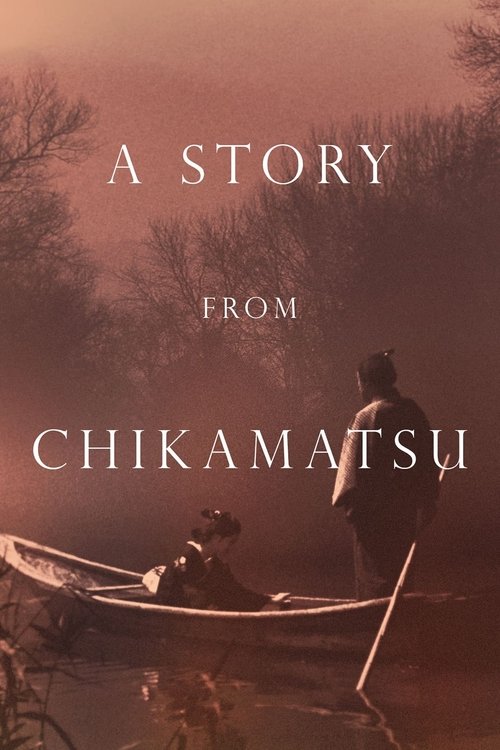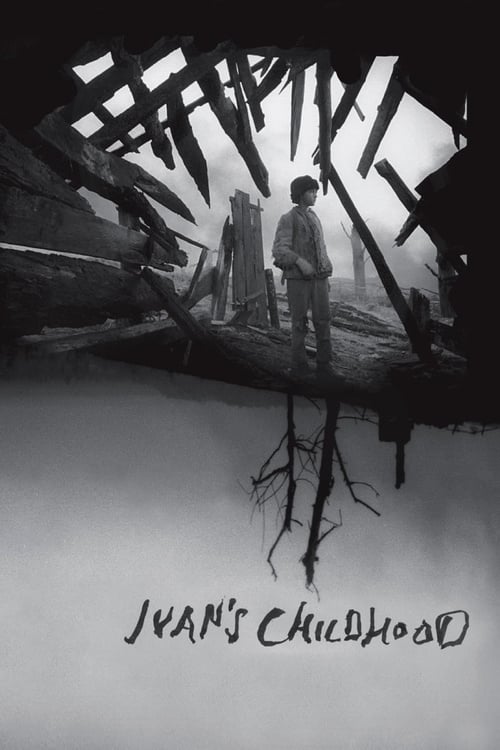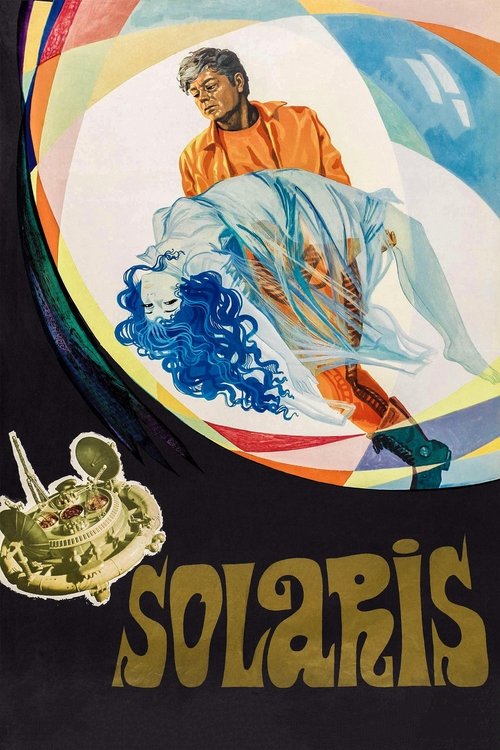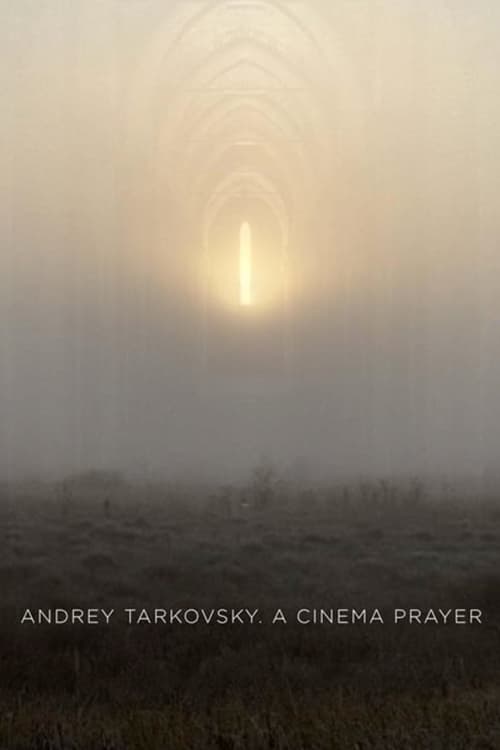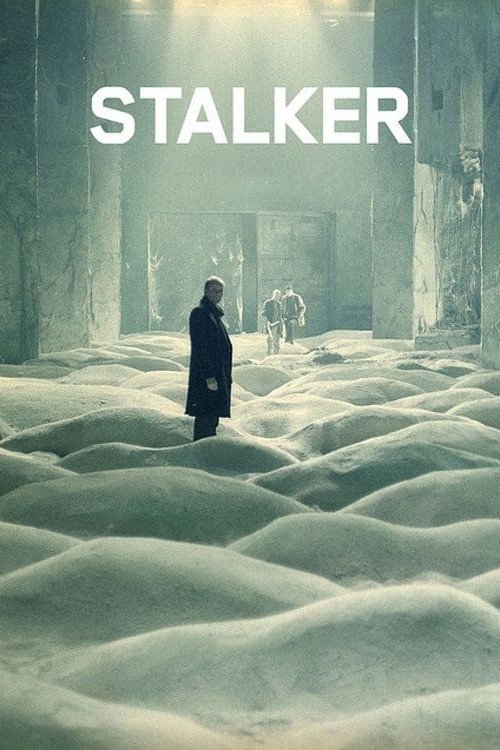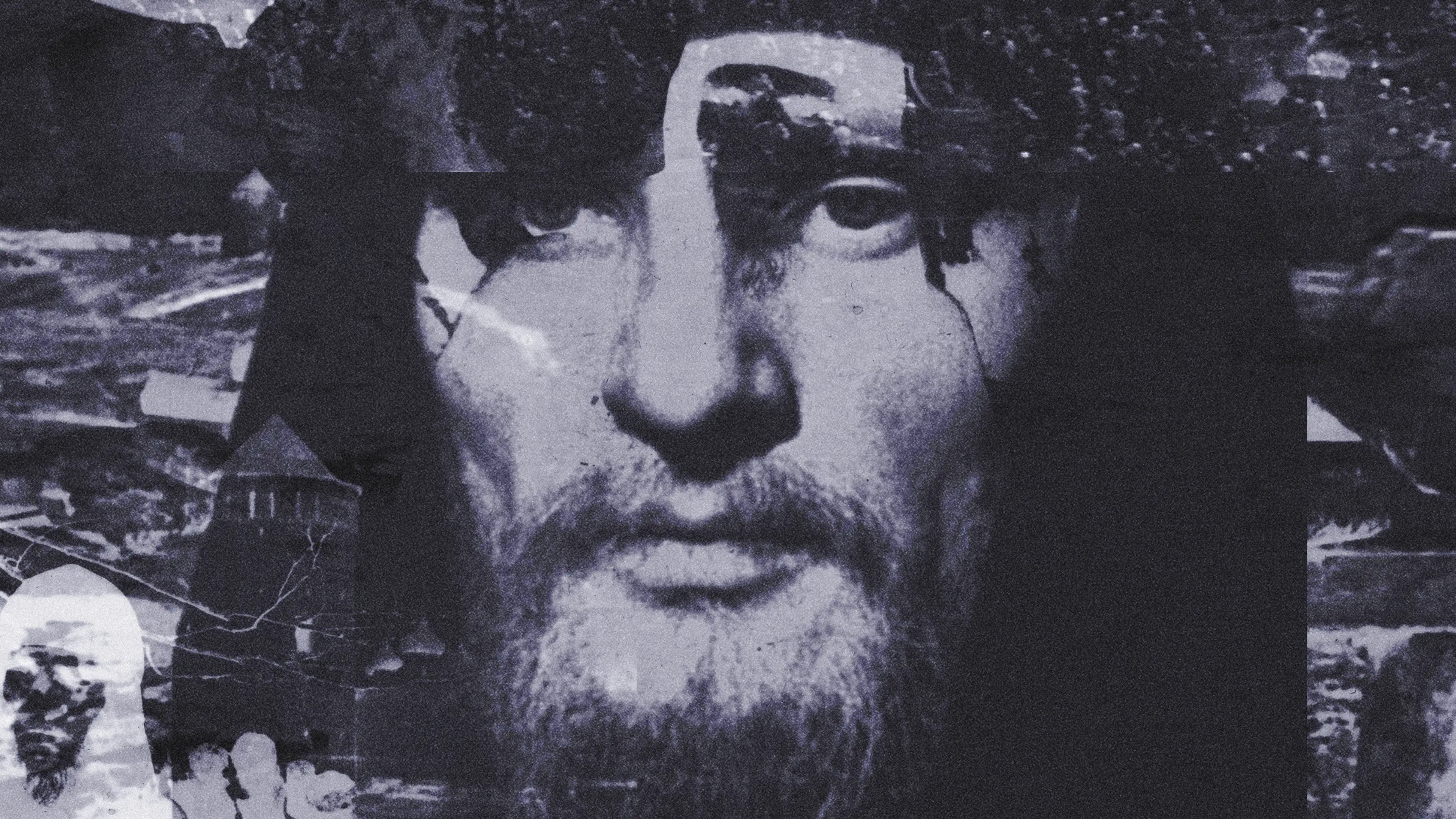
1966
Andrei Rublev
Drama, History
8.0
User Score
906 Votes
Status
Released
Language
ru
Budget
$0
Production
Mosfilm
Overview
An expansive Russian drama, this film focuses on the life of revered religious icon painter Andrei Rublev. Drifting from place to place in a tumultuous era, the peace-seeking monk eventually gains a reputation for his art. But after Rublev witnesses a brutal battle and unintentionally becomes involved, he takes a vow of silence and spends time away from his work. As he begins to ease his troubled soul, he takes steps towards becoming a painter once again.
Review
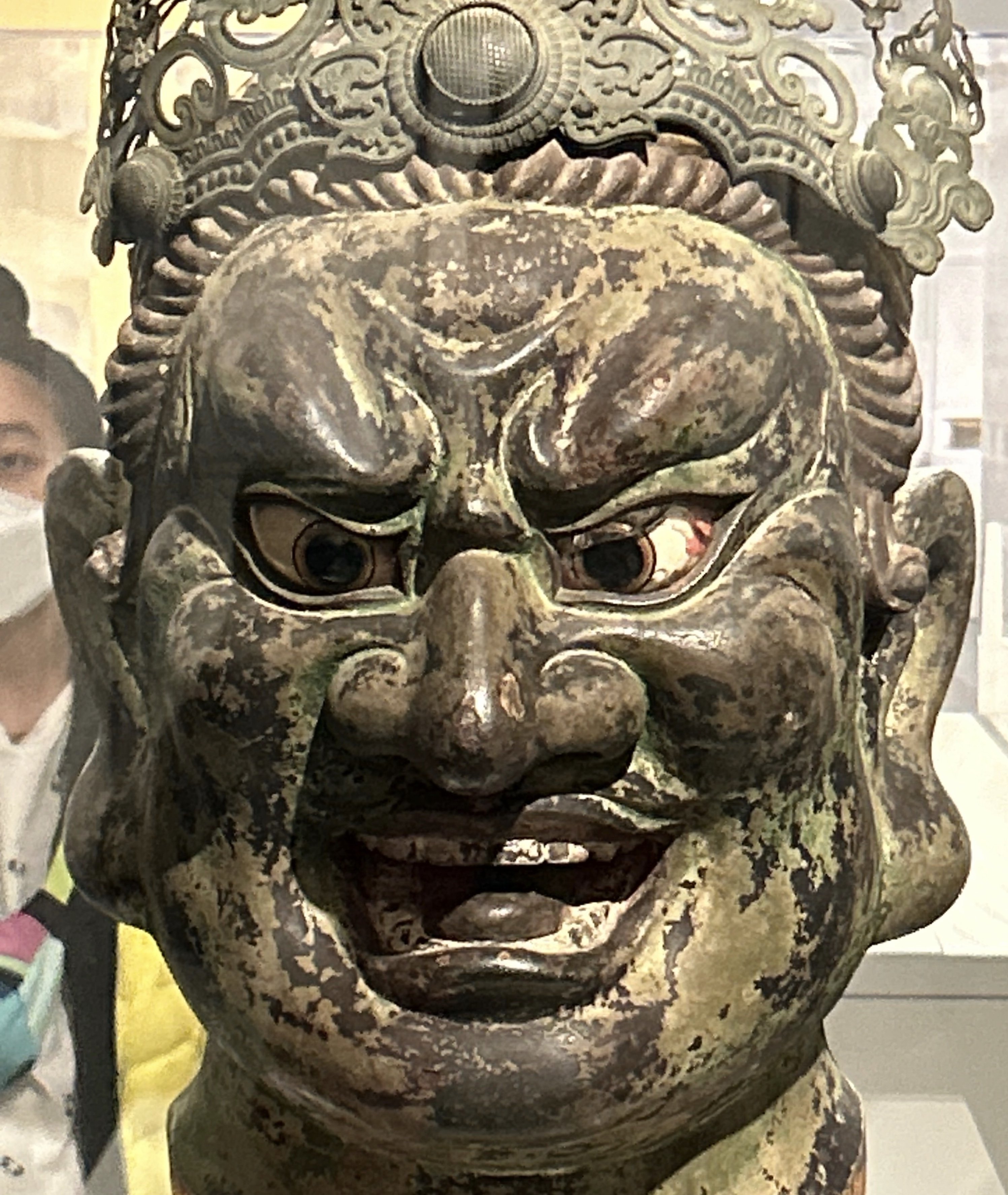
Geronimo1967
7.0
Later canonised (in 1988!), this tells the story of the renowned Russian iconographist and fresco painter. His actual life, as you might expect from the early 15th century, is not well documented so Andrei Tarkovsky has, forgive the pun, a pretty blank canvas on which to draw us a portrait of the trials and tribulations of this inspired, misunderstood, suspected and troubled soul. It has an octuple, episodic, narrative that marries his own development as a man and an artist with the quite literally revolutionary goings on as his country is, frequently quite brutally, coming into some some semblance of cohesive existence. It focuses on the role of the church in this most religious, and superstitious, of nations and offers us a much less aggressive correlation between the communist Soviet threads so often prevalent in sate backed movies made at the time and of those iconic figures so prominent in Russian history. The imagery is creatively bamboozling at times; the story doesn't follow any linear a-b-c narrative and we are presented with an oblique interpretation not just of his life, but of life in an embryonic nation that is emerging from an almost primitive existence - and that is fascinating (if not always easy to follow and/or comprehend). It is the vision of the man in the title, but also of the man behind the camera - a startlingly effective sequence of beautifully photographed concepts that offer layers of complexities depicting human nature in pretty much all of it's guises. Surprisingly, for a film in excess of three hours, it flows effortlessly with Anatoliy Solonitsyn conveying an overwhelming sense of humanity with his character. If you can ever see it on a cinema screen, then it is definite a must - especially the last ten minutes or so which demonstrate (in glorious colour) some of his magnificent artistry.
Read More 